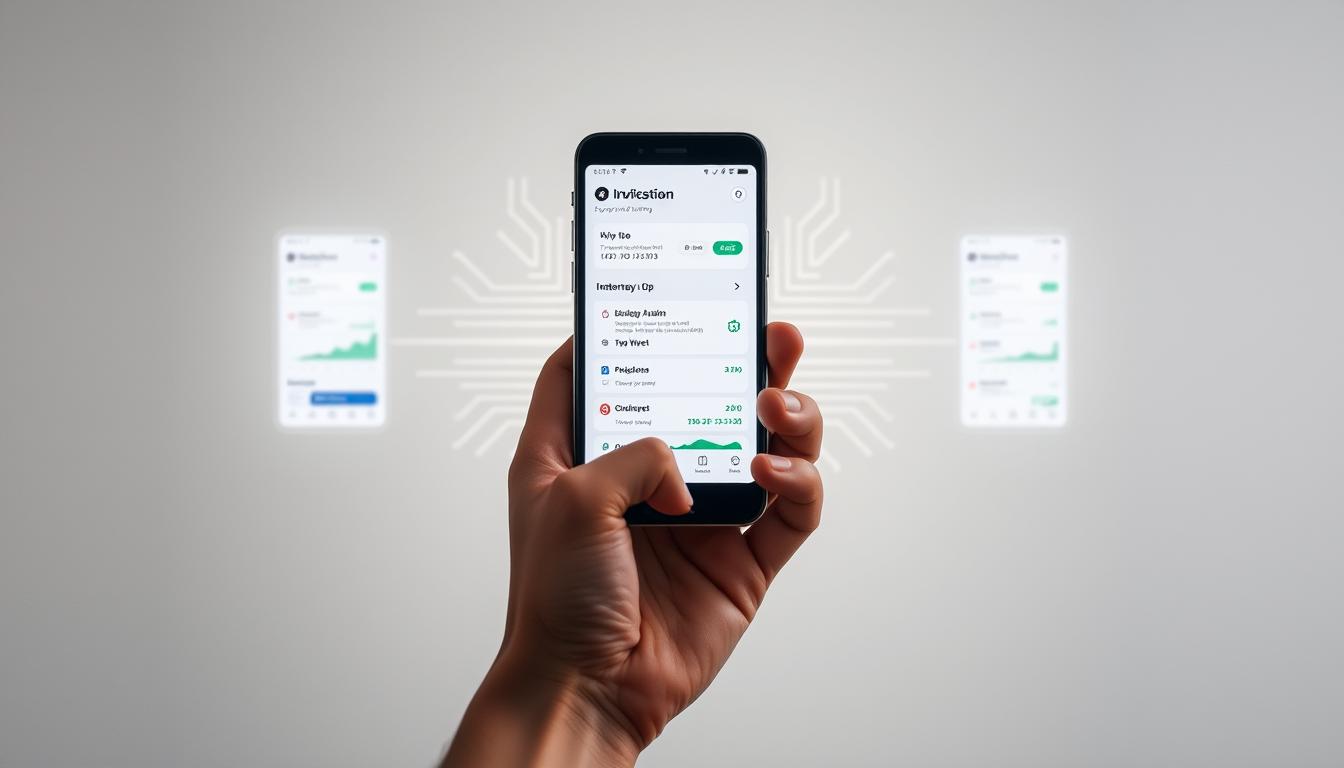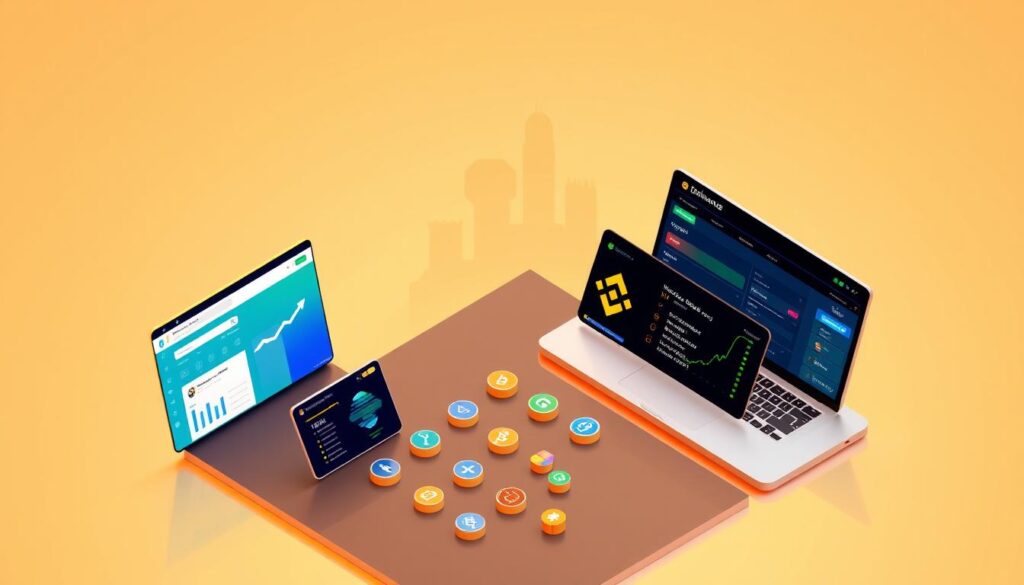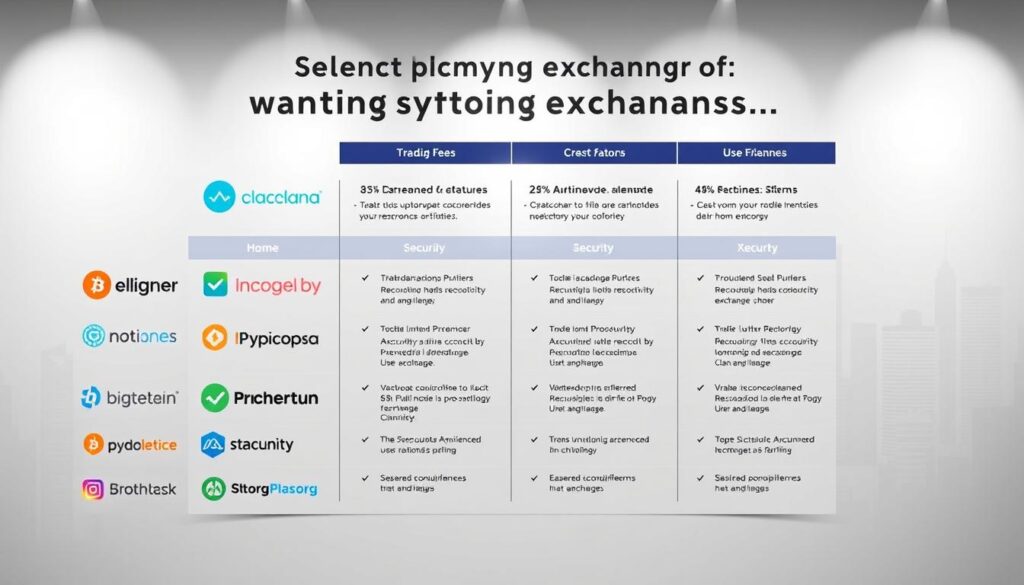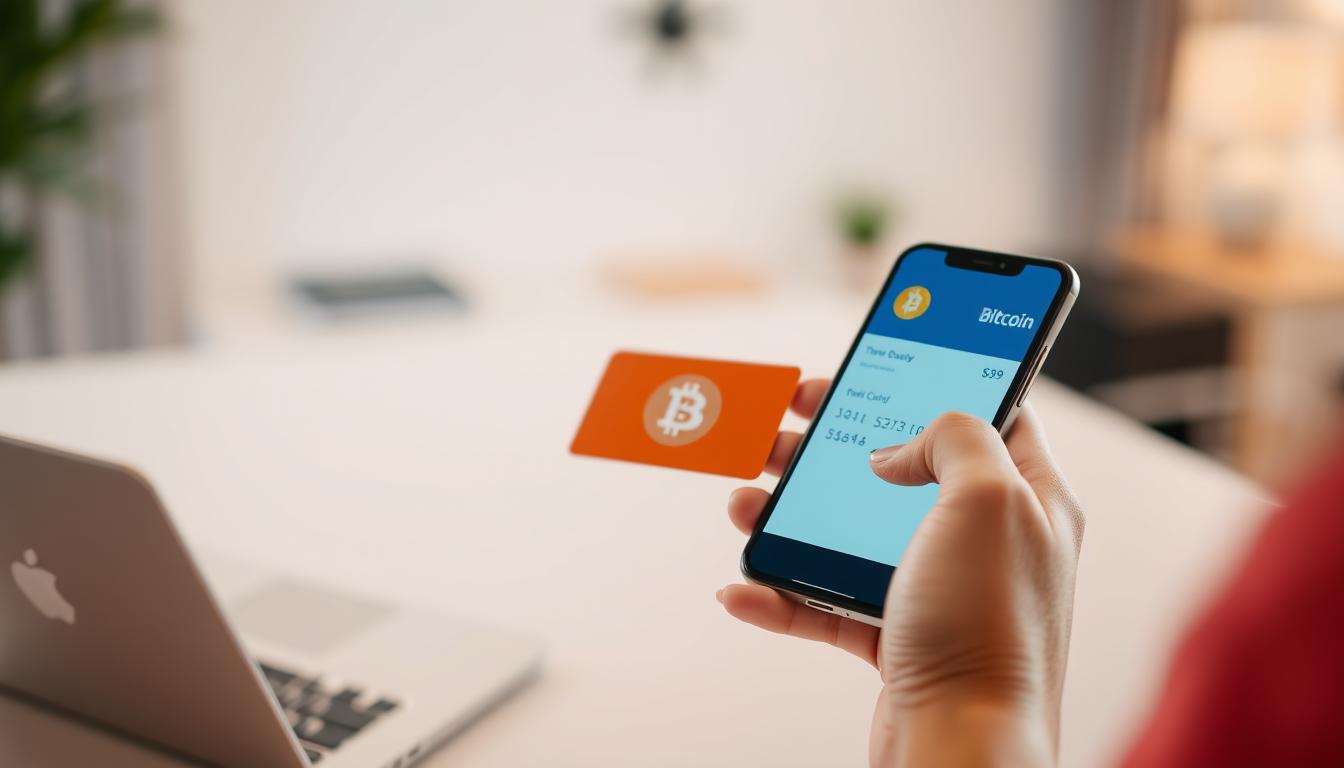Now Reading: How to Buy Cryptocurrency for Beginners Guide – Easy Steps
- 01
How to Buy Cryptocurrency for Beginners Guide – Easy Steps
How to Buy Cryptocurrency for Beginners Guide – Easy Steps

Bitcoin recently surged past $95,000, capping a historic rally for digital assets. The broader market now exceeds $3.3 trillion in value, with over 17,000 coins available globally. While these numbers might intimidate newcomers, industry leaders like Charles St. Louis, CEO of DELV, remind us: “It’s still early. Now’s the best time to engage.”
Many wonder if they’ve missed the window for meaningful investment opportunities. The truth? Blockchain technology continues evolving, creating fresh potential daily. This guide simplifies the process of acquiring your first crypto, focusing on safety and strategic decision-making.
Newcomers often face two challenges: navigating complex platforms and managing risk. We’ll address both through clear, actionable advice. You’ll learn to evaluate exchanges, secure holdings, and build a diversified portfolio aligned with personal goals.
Education remains critical in this fast-paced space. Understanding market cycles and project fundamentals helps avoid common pitfalls. While rewards exist, realistic expectations prevent costly mistakes during volatility.
Key Takeaways
- Global crypto markets surpassed $3.3 trillion with expanding opportunities
- Industry experts confirm room for growth despite recent price surges
- Secure platform selection forms the foundation of smart investing
- Portfolio diversification reduces risk in volatile markets
- Continuous learning improves long-term decision-making
Understanding Cryptocurrency Basics
Digital currencies operate differently from physical cash or bank-issued money. Unlike dollars or euros, these digital assets exist purely in electronic form, managed by decentralized networks instead of governments. This system allows users to transfer value globally without intermediaries.
What Is Cryptocurrency?
Cryptocurrencies are virtual currencies secured through advanced cryptography. They function on peer-to-peer networks, meaning no central authority approves transactions. Bitcoin pioneered this concept, but thousands of alternatives now exist, each with unique features.
Key characteristics include:
- Decentralized control across computer networks
- Transparent transaction histories visible to all participants
- Limited supply mechanisms preventing inflation
How Blockchain Secures Your Transactions
Every crypto transaction gets recorded on a blockchain – a shared digital ledger. This technology groups transactions into blocks, which chain together chronologically. Once added, data becomes irreversible, creating tamper-proof records.
| Feature | Traditional Currencies | Cryptocurrencies |
|---|---|---|
| Control | Central Banks | Network Users |
| Transaction Speed | 1-3 Business Days | Minutes |
| Security Method | Physical Vaults | Cryptographic Encryption |
| Transparency | Limited Audit Access | Public Ledger |
Blockchain’s design eliminates single points of failure. Multiple network nodes verify each action, making unauthorized changes nearly impossible. This structure builds trust through technology rather than institutional reputations.
How to Buy Cryptocurrency for Beginners Guide
Entering the digital asset market begins with selecting the right tools and assets. Reputable platforms simplify this process by offering intuitive interfaces and multiple payment channels. Over 60% of new investors start with mobile apps due to their accessibility and streamlined verification processes.

Choosing an Exchange Platform
Beginner-focused exchanges prioritize security and education. Look for platforms with:
- FDIC insurance on USD balances
- Two-factor authentication options
- Clear fee structures
Established apps like Coinbase often serve as gateways, allowing users to convert cash into crypto through bank transfers or debit cards. Always verify a platform’s regulatory compliance before depositing funds.
Evaluating Cryptocurrency Options
Market leaders Bitcoin and Ethereum dominate initial portfolios for good reason. Bitcoin’s decentralized blockchain offers proven security, while Ethereum enables smart contracts through its programmable network. Consider these factors when assessing cryptocurrencies:
| Asset | Key Feature | Market Position |
|---|---|---|
| Bitcoin | Store of value | #1 by capitalization |
| Ethereum | Smart contracts | Leading altcoin |
New investors should allocate 70-80% of their portfolio to these established assets. For those exploring regulatory-compliant methods, focus on platforms offering insured custodial services and real-time market data.
Selecting the Right Crypto Exchange
New investors face a crowded marketplace of trading platforms, each promising unique advantages. Three platforms stand out for first-time users: Coinbase, Kraken, and Crypto.com. Their distinct features cater to different priorities, from educational support to advanced trading tools.

Comparing Popular Platforms
Coinbase leads with its polished interface and instant purchase options. Users gain access to 150+ assets and $1 million insurance on digital holdings. However, its simplicity comes at a cost – transaction fees range from 0.5% to 4.5% depending on payment method.
Kraken offers lower fees (0-0.26%) and staking rewards up to 24% APY. The platform supports 220+ coins but lacks mobile app functionality for complex orders. Security-conscious traders appreciate its mandatory 2FA and proof-of-reserves audits.
Crypto.com bridges beginner and advanced needs with futures trading and Visa card rewards. While its hot wallet-only storage raises eyebrows, the platform compensates with 24/7 chat support and zero fees on bank transfers.
Payment Methods and Their Implications
Funding your account involves strategic trade-offs:
| Method | Speed | Fees | Limitations |
|---|---|---|---|
| Credit Card | Instant | 3-5% | Bank blocks common |
| Bank Transfer | 1-5 Days | 0-1% | Minimum $10 deposits |
| Mobile Pay | Under 1 Hour | 1.5-2.5% | Limited to 10 platforms |
Mobile payment integration through Apple Pay or PayPal simplifies initial purchases but restricts later portfolio growth. For recurring investments, automated bank transfers minimize costs despite slower processing times.
Setting Up Your Digital Wallet
Your crypto holdings need secure storage – think of digital wallets as armored vaults for blockchain assets. These tools manage access to your coins through cryptographic keys, balancing accessibility with protection. Let’s explore the two primary storage methods and their optimal use cases.

Hot Wallets vs. Cold Wallets
Hot wallets operate like checking accounts for digital money. Always connected to the internet, they enable instant trades and payments. Popular options include:
- Exchange-based wallets
- Mobile apps
- Browser extensions
Cold wallets function as safety deposit boxes. These physical devices store crypto offline, immune to remote hacks. Use them for:
- Long-term holdings
- Large asset reserves
- Sensitive transactions
| Feature | Hot Wallets | Cold Wallets |
|---|---|---|
| Internet Connection | Constant | Only during use |
| Transaction Speed | Instant | Requires device access |
| Security Level | Moderate | Maximum |
Your private keys determine wallet security. These 12-24 word seed phrases act as master passwords. Lose them, and your funds become permanently inaccessible. One investor reportedly lost $220 million in Bitcoin by misplacing a hardware wallet’s recovery phrase.
Store backup copies in fireproof safes or safety deposit boxes. Never share keys digitally – screenshots or cloud storage create vulnerability points. Combine cold storage for savings with hot wallets for spending to optimize both security and convenience.
Executing Your First Cryptocurrency Transaction

Initiating your initial crypto transaction marks a pivotal moment in digital asset ownership. Follow these steps to convert cash into blockchain-based value securely:
1. Fund Your Account: Navigate to your exchange’s deposit section. Choose between bank transfers (low fees) or debit cards (instant access). Most platforms process transfers within 1-3 business days.
2. Locate Your Asset: Use the search bar to find specific coins. Popular choices like Bitcoin appear first, while newer assets require manual entry. Verify each coin’s ticker symbol – ETH for Ethereum, SOL for Solana.
3. Choose Purchase Type:
- Market orders execute immediately at current prices
- Limit orders activate only at specified rates
| Order Type | Speed | Best For |
|---|---|---|
| Market | Instant | Immediate needs |
| Limit | Variable | Price targets |
Fractional purchases let you invest cryptocurrency with any budget. Enter dollar amounts instead of whole coins – $50 buys 0.0012 BTC if Bitcoin trades at $40,000.
Confirm transaction details carefully before finalizing. Processing times vary:
- Card purchases: Instant wallet access
- Bank transfers: 3-5 day clearing
Check your exchange wallet post-purchase. Successful transactions show balances updating in real-time. Experienced users recommend starting with small amounts through regulatory-compliant platforms to build confidence.
If funds don’t appear within 24 hours, contact support with your transaction ID. Keep private keys secure – losing them means permanent access loss. Enable two-factor authentication for added protection during this critical phase.
Developing a Secure Investment Strategy
Strategic planning separates successful investors from impulsive traders. Market volatility demands clear guidelines for asset allocation and decision-making. Let’s explore approaches that balance growth potential with risk mitigation.
Long-Term Holding vs. Active Trading
HODLing (long-term holding) reduces stress and transaction fees. Investors retain assets through market cycles, potentially benefiting from multi-year growth trends. This approach suits those with limited time for market monitoring.
Active strategies require daily engagement:
| Strategy | Time Commitment | Risk Level | Best For |
|---|---|---|---|
| Day Trading | 6-8 hours/day | High | Experienced traders |
| Swing Trading | 1-2 hours/day | Moderate | Technical analysis users |
| Scalping | Constant monitoring | Extreme | Short-term profit seekers |
Implementing Smart Risk Management
Financial advisors suggest limiting crypto exposure to 5% of total investments. Diversify across asset classes like stocks, bonds, and real estate. Establish stop-loss orders to automate exit points during sudden drops.
Psychological discipline proves crucial. Emotional decisions during 20%+ price swings often lead to losses. Set predefined rules for:
- Position sizing
- Profit targets
- Maximum daily loss limits
Rebalance portfolios quarterly to maintain target allocations. This practice locks gains from high performers while adding to undervalued assets.
Enhancing Security and Managing Private Keys
Protecting digital assets demands constant vigilance against evolving threats. Cybercriminals target crypto users through sophisticated methods, making layered defenses essential. Start by creating unique 16-character passwords combining symbols, numbers, and uppercase letters.
Implementing Two-Factor Authentication
Two-factor authentication (2FA) adds critical protection beyond passwords. Choose verification methods based on risk levels:
| Method | Security Level | Best Use Case |
|---|---|---|
| SMS Codes | Basic | Low-value accounts |
| Authenticator Apps | Moderate | Daily transactions |
| Hardware Tokens | Maximum | High-balance wallets |
Google Authenticator and Yubico keys outperform SMS verification. A 2023 study showed hardware tokens block 99.9% of account takeover attempts.
Avoiding Phishing Scams and Other Threats
Fraudulent emails mimicking exchanges tripled last year. Verify website URLs before entering credentials – authentic platforms use “https://” and padlock icons. Never click unsolicited links promising “free crypto” or “urgent wallet updates”.
Private keys require ironclad protection. Store them offline on encrypted USB drives or steel plates. One investor recovered $450,000 in Bitcoin using a fireproof safe-stored backup after a home flood.
Navigating Regulatory and Tax Considerations
Tax compliance forms the backbone of sustainable cryptocurrency investing. U.S. regulations require reporting all digital asset activities, from casual trading to long-term holdings. Platforms now issue IRS Form 1099-B for transactions exceeding $600, making accurate record-keeping essential.
Understanding IRS Classifications
The IRS treats crypto as property, meaning every sale or exchange triggers tax implications. Capital gains rates apply when selling assets held over a year. Short-term holdings face ordinary income taxes, which can reach 37%.
Mining rewards and staking income get taxed as earned income at receipt. Even using cryptocurrencies to purchase goods counts as a taxable event. One investor faced a $15,000 bill after forgetting to report NFT purchases made with Ethereum.
Maintain detailed logs of:
- Purchase dates and amounts
- Sale prices and fees
- Wallet addresses involved
Specialized software simplifies tracking across multiple exchanges. As regulations evolve, consult a tax professional familiar with digital currencies. Proactive planning helps avoid audits while maximizing legal deductions.












